Neoplasm – Friday Pop Quiz
543854385438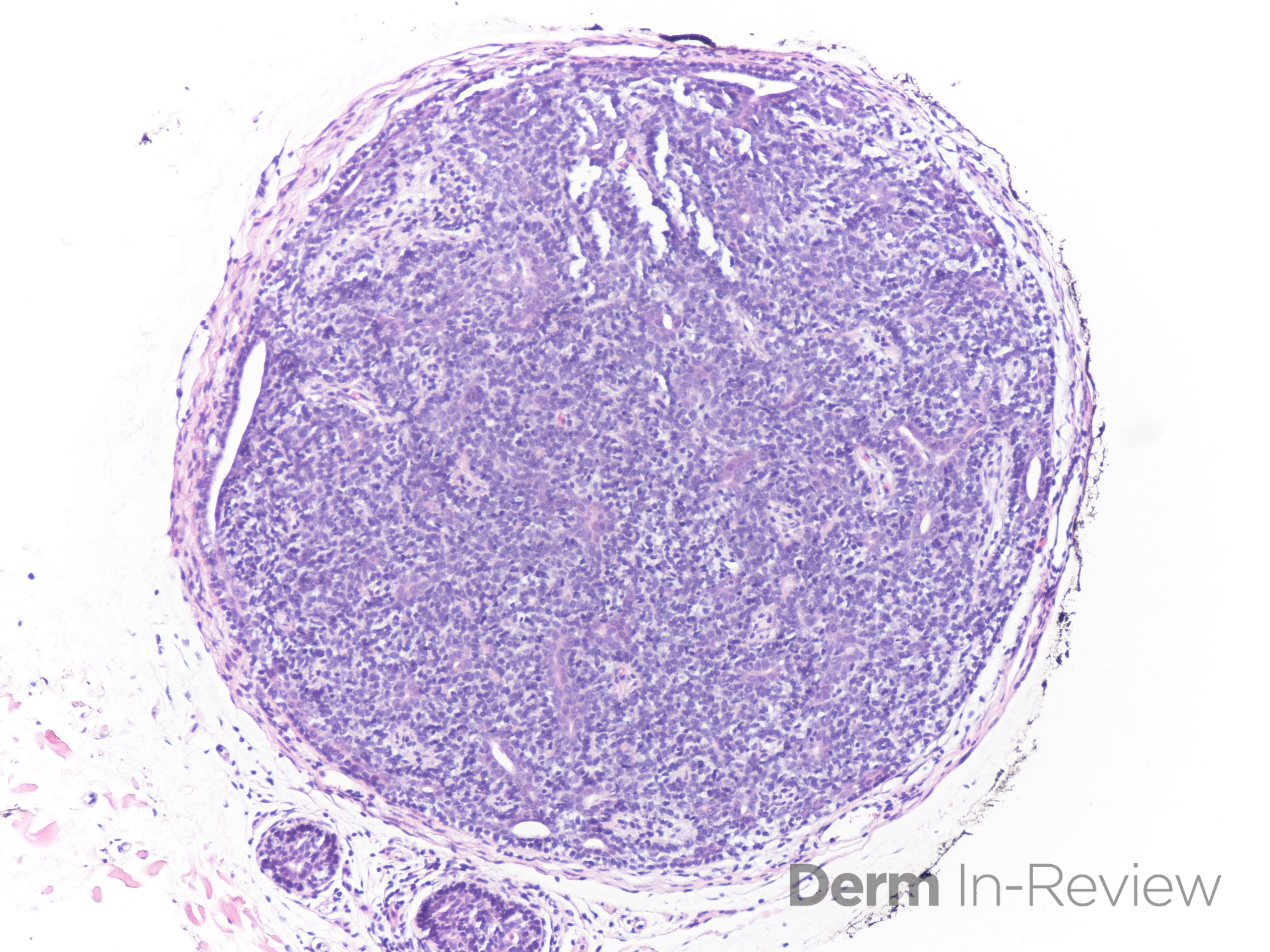 You would expect this neoplasm to:
A) Be painful on palpation
B) Have a high metastatic rate and poor prognosis
C) Disseminate to the skin from an internal focus
D) Dimple on lateral palpation
E) Have mutations in the SHH/PTCH signaling pathway
To find out the correct answer and read the explanation, click here.
Want more? Continue testing your knowledge with more pop quizzes.
Take …
You would expect this neoplasm to:
A) Be painful on palpation
B) Have a high metastatic rate and poor prognosis
C) Disseminate to the skin from an internal focus
D) Dimple on lateral palpation
E) Have mutations in the SHH/PTCH signaling pathway
To find out the correct answer and read the explanation, click here.
Want more? Continue testing your knowledge with more pop quizzes.
Take …
 You would expect this neoplasm to:
A) Be painful on palpation
B) Have a high metastatic rate and poor prognosis
C) Disseminate to the skin from an internal focus
D) Dimple on lateral palpation
E) Have mutations in the SHH/PTCH signaling pathway
To find out the correct answer and read the explanation, click here.
Want more? Continue testing your knowledge with more pop quizzes.
Take …
You would expect this neoplasm to:
A) Be painful on palpation
B) Have a high metastatic rate and poor prognosis
C) Disseminate to the skin from an internal focus
D) Dimple on lateral palpation
E) Have mutations in the SHH/PTCH signaling pathway
To find out the correct answer and read the explanation, click here.
Want more? Continue testing your knowledge with more pop quizzes.
Take … 

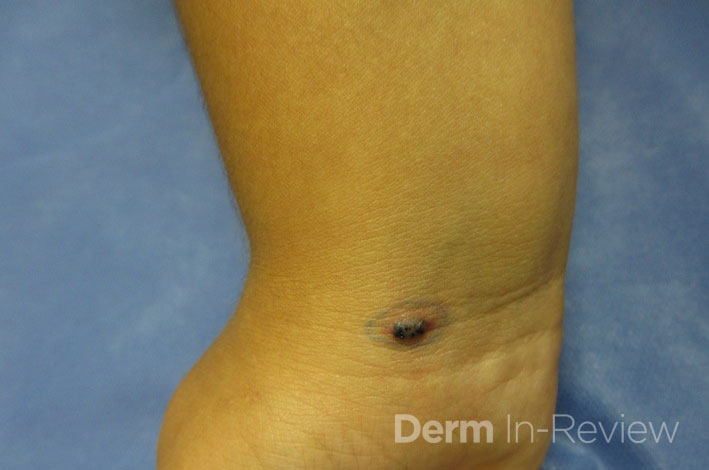 A patient presents with this lesion shown in the image. Which of the following are true?
A.) The patient has lymphangioma circumscriptum.
B.) The patient likley will develop renal and cardiac failure.
C.) The patient should be refered for genetic counceling for accumulation of glycosphingolipids.
D.) An excisional biopsy should be taken
E.) They are commonly related to trauma and requir …
A patient presents with this lesion shown in the image. Which of the following are true?
A.) The patient has lymphangioma circumscriptum.
B.) The patient likley will develop renal and cardiac failure.
C.) The patient should be refered for genetic counceling for accumulation of glycosphingolipids.
D.) An excisional biopsy should be taken
E.) They are commonly related to trauma and requir … 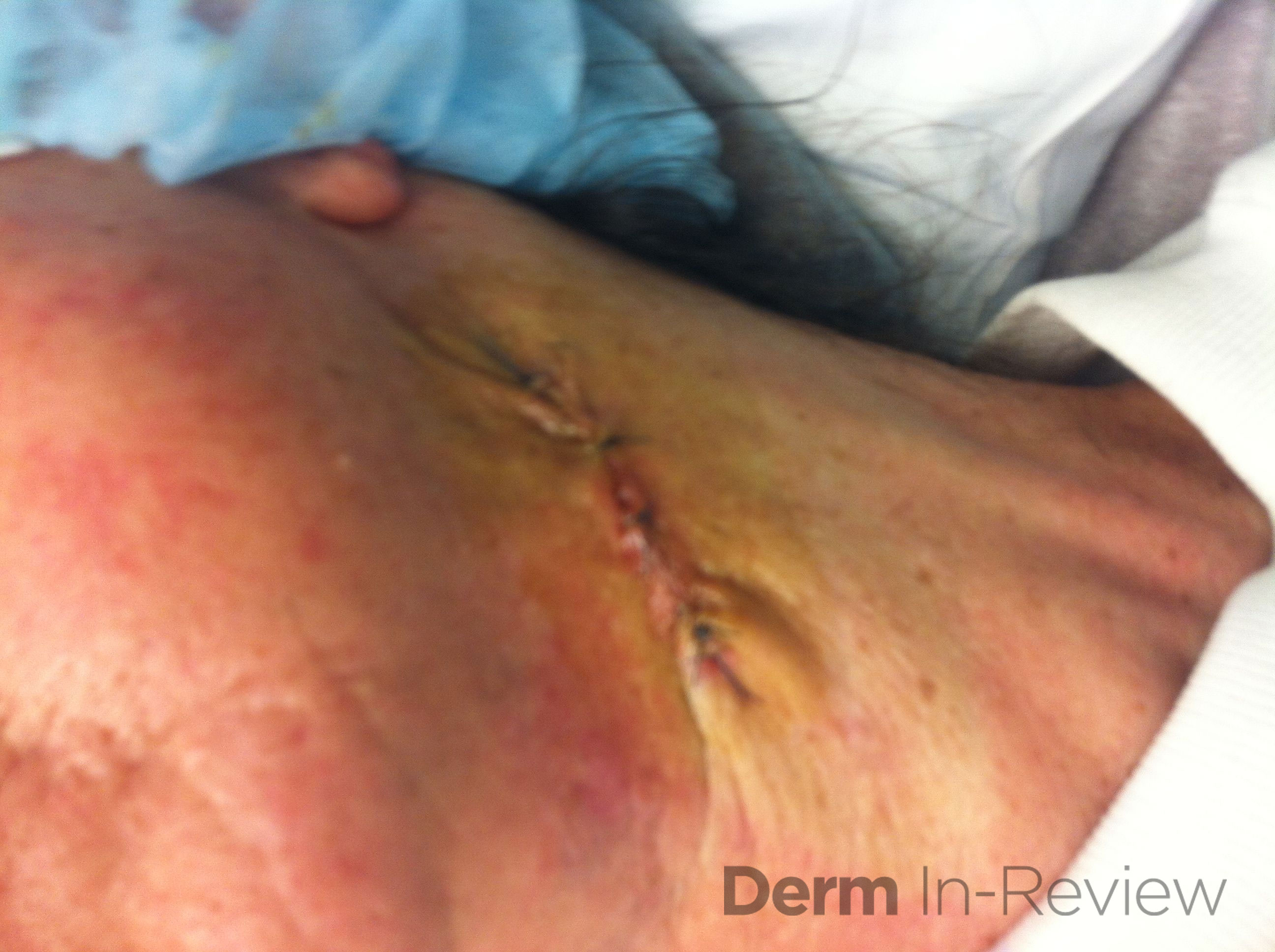 A patient undergoes an excision for a basal cell carcinoma on the left neck with complex closure reported. 2 weeks following the excision she returns. She says earlier that week she was gardening and came into some poison ivy that is giving a pruritic arm rash. You prescribe a topical steroid for use and code the visit as a 99213. Does the visit need a modifier?
A). No, the patient is beyond th …
A patient undergoes an excision for a basal cell carcinoma on the left neck with complex closure reported. 2 weeks following the excision she returns. She says earlier that week she was gardening and came into some poison ivy that is giving a pruritic arm rash. You prescribe a topical steroid for use and code the visit as a 99213. Does the visit need a modifier?
A). No, the patient is beyond th … 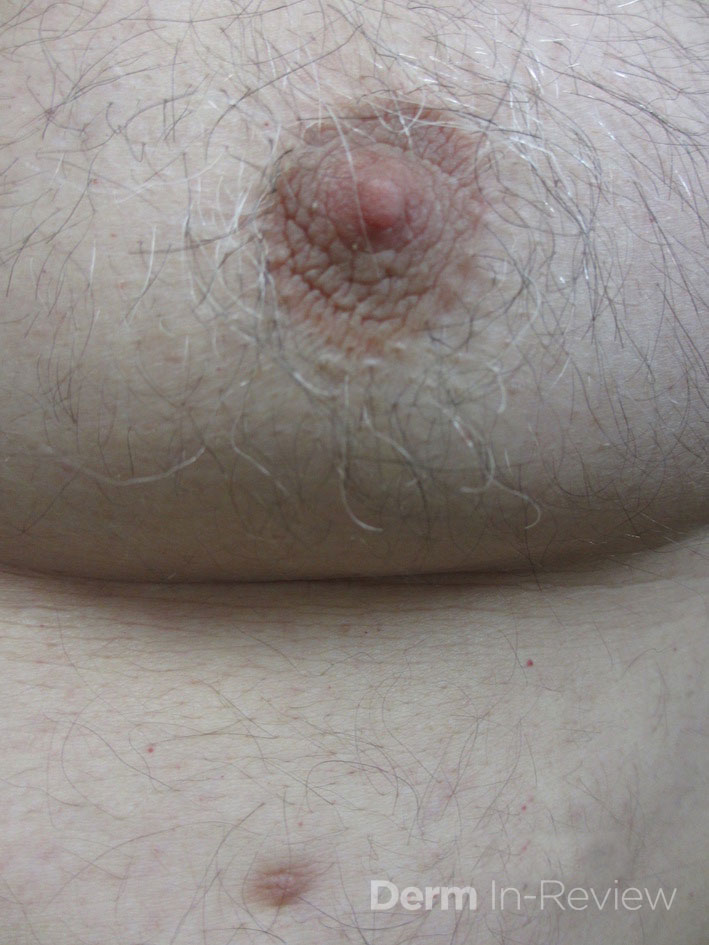 This week's topic - Papule Removal
This patient presents with a papule on the abdomen that he would like you to remove. He states he's always had it and finds it to be unattractive. Which of the following is true?
A.) similar finding is present in 20% of the general population.
B.) In women there is no change with changing hormones.
C.) On histology demonstrate smooth muscle.
D.) Has …
This week's topic - Papule Removal
This patient presents with a papule on the abdomen that he would like you to remove. He states he's always had it and finds it to be unattractive. Which of the following is true?
A.) similar finding is present in 20% of the general population.
B.) In women there is no change with changing hormones.
C.) On histology demonstrate smooth muscle.
D.) Has … 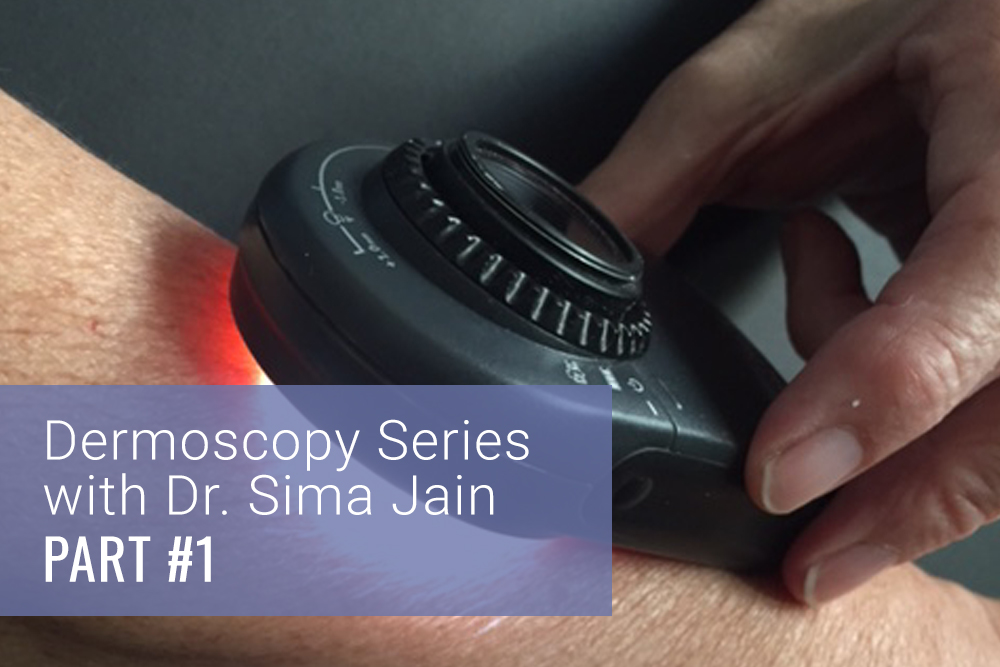 Introduction
Dermoscopy, also known as epiluminescence microscopy, epiluminoscopy or skin surface microscopy, is a noninvasive technique for examination of skin by using a high quality magnifying lens and powerful lighting system to visualize the skin (Figure 1). Although dermoscopy was initially used for the study of mainly pigmented lesions, in the past several years its utility in non-pigmen …
Introduction
Dermoscopy, also known as epiluminescence microscopy, epiluminoscopy or skin surface microscopy, is a noninvasive technique for examination of skin by using a high quality magnifying lens and powerful lighting system to visualize the skin (Figure 1). Although dermoscopy was initially used for the study of mainly pigmented lesions, in the past several years its utility in non-pigmen …